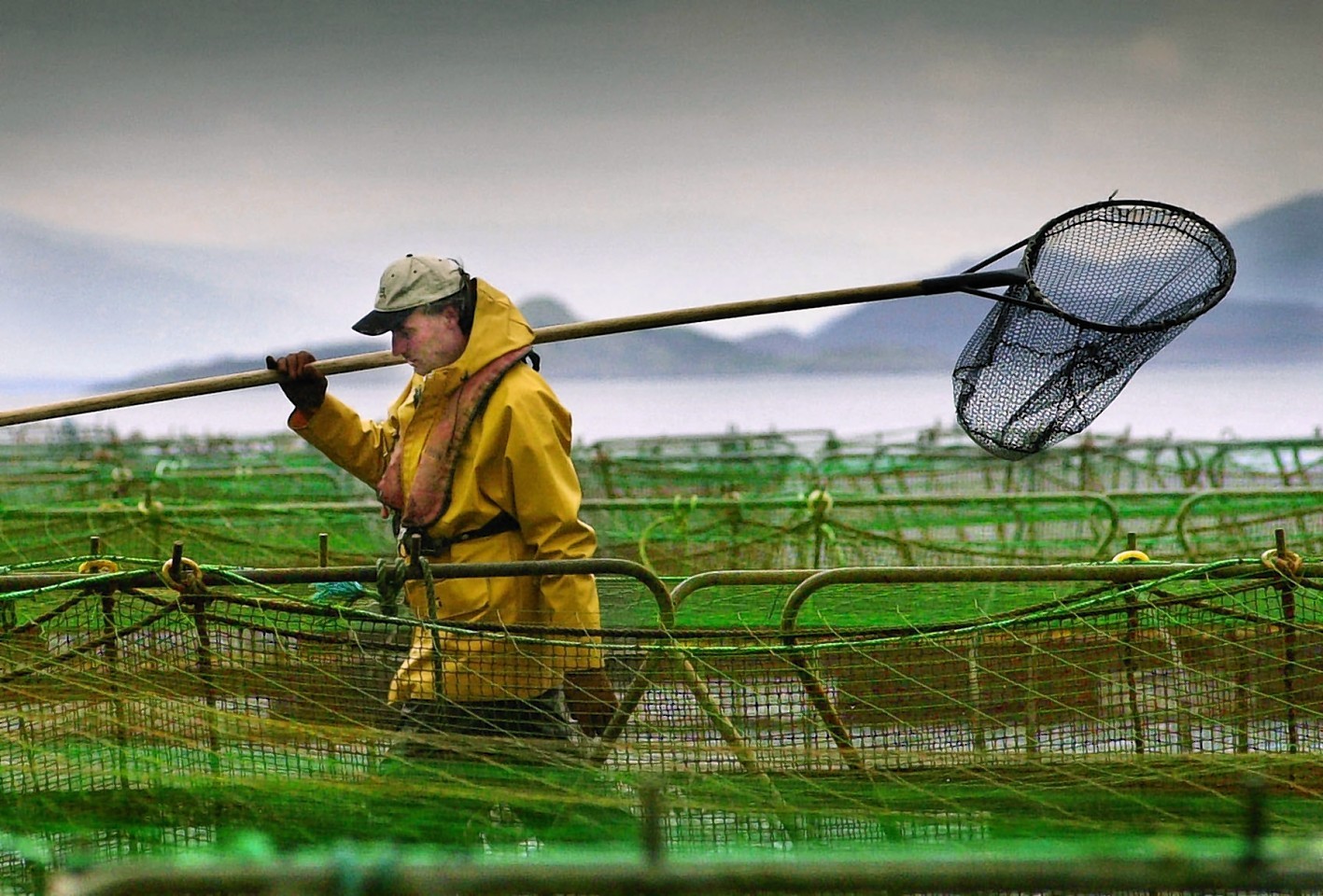Campaigners have warned that Scottish salmon farming is “fighting a losing battle” against chemically resistant sea lice.
It follows the revelation that the use of toxic chemicals to fight sea lice on salmon farms has soared by almost 1,000% in the past decade.
According to official data that has sparked fresh criticism of the industry, between 2006-16, farmed salmon production increased by 35% while the use of chemicals to control flesh-eating lice rose 932%.
They included compounds that have been linked to reduced fertility in wild salmon and mortality in shellfish such as lobsters.
Critics of salmon farming said that the growing use of chemicals to fight sea lice, a parasite that kills millions of farmed fish every year, raises serious questions about the industry’s environmental impact.
It has rekindled calls for some of Britain’s leading supermarkets to ban the sale of farmed salmon from parts of Scotland where sea lice infestations are “rampant” and pose a threat to the survival of wild salmon and sea trout.
“Scottish salmon farming is fighting a losing battle against chemically resistant sea lice,” said Don Staniford of the Global Alliance Against Industrial Aquaculture. “The drugs don’t work anymore. Sadly, Scotland’s lobsters and other shellfish are collateral damage in the salmon farming industry’s war on sea lice.”
The latest figures, obtained under freedom of information from the Scottish Environment Protection Agency (Sepa), show that Scottish salmon farms used 45kg of chemicals in 2006 but this increased to 467kg in 2016.
Since 2002, salmon farmers have carried out almost 8,500 separate chemical treatments with nearly four tonnes of chemicals dumped into the seas around Scotland.
The treatments used by Scottish salmon farms included cypermethrin, a pesticide that was abandoned in 2012 after sea-lice developed resistance. Scientific studies have suggested that it impairs fertility in wild salmon.
However, Scott Landsburgh, chief executive of Scottish Salmon Producers’ Organisation said: “Farmed salmon production has been higher in some years since 2002 and medicine amounts have responded accordingly. Salmon farmers use safe and fully approved veterinary medicines to support fish health. All medicines are applied under strict veterinary supervision and application is tightly regulated with Sepa’s official consent.”
